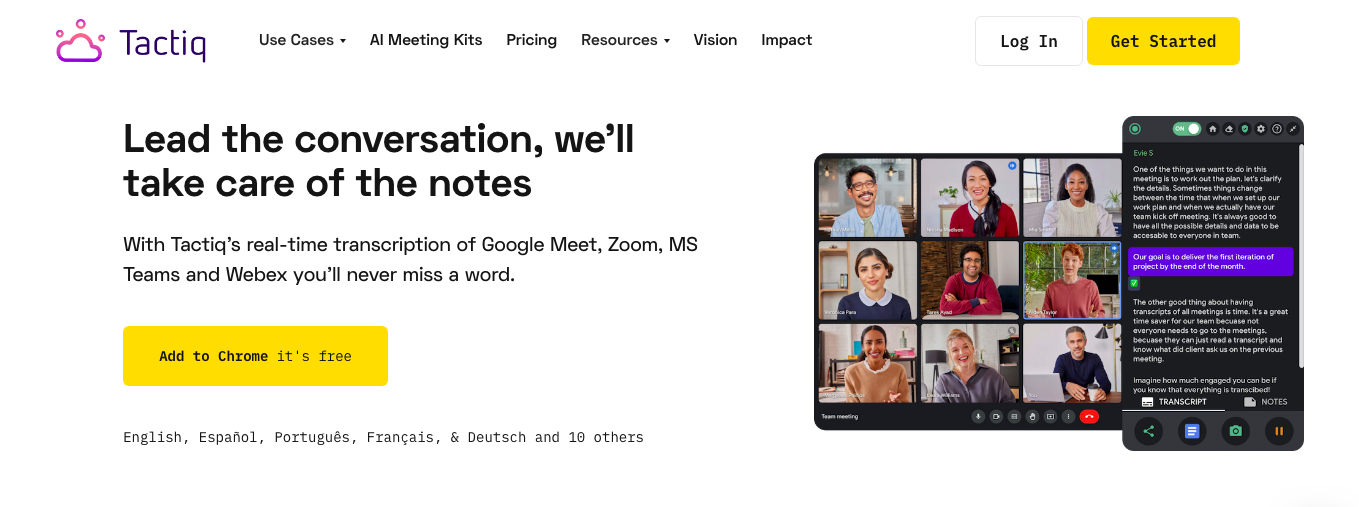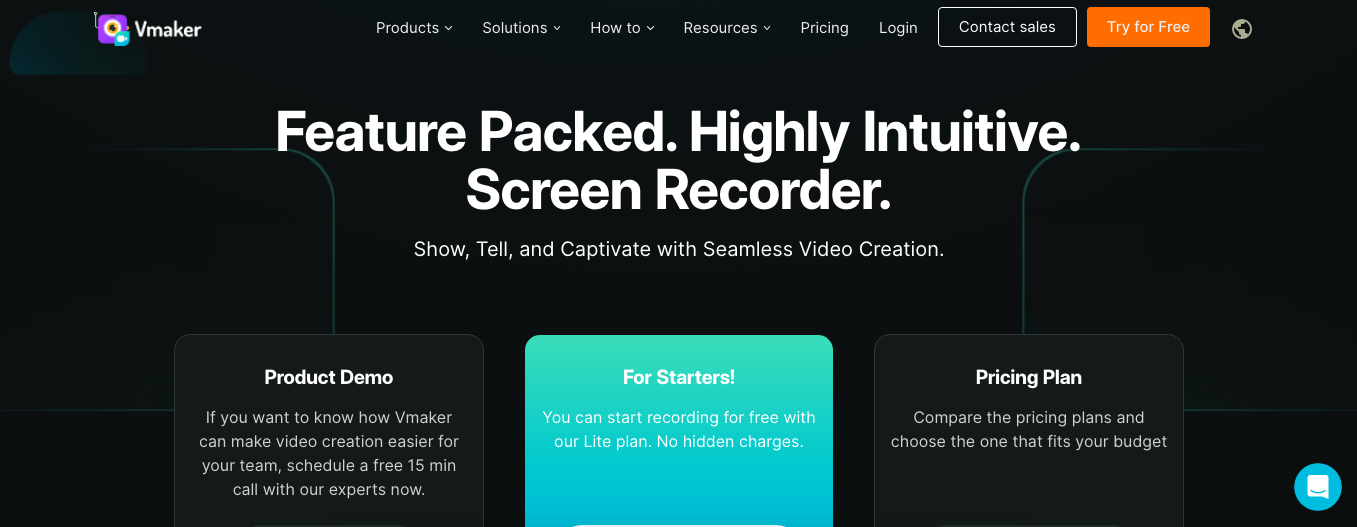7 Quick Ways to Record a Teams Meeting
October 12, 2023
October 12, 2023
June 12, 2025
June 12, 2025
Picture this: you’ve just had an hour-long brainstorm on Teams and your head is buzzing with ideas. There was that idea about the, erm, thing, and then the other important one about… Nope, it’s gone!
And because you haven’t taken notes or recorded the session, you may never see those ideas again!
Because this should never happen, we’ve rounded up seven screen recording tools, so you can capture crucial conversations from every Teams meeting.
Who Can Record a Teams Meeting?
You can start and stop a Teams recording if the following points apply:
- You’re the meeting organizer, or someone in the same organization as them
- You have any of these licenses: Office 365 Enterprise E1, E3, E5, F3, A1, A3, A5, Business Essentials, M365 Business, or Business Premium
- An IT admin enabled the recording feature
You can’t record a Teams meeting if you are:
- A meeting guest
- Someone from another organization
- An anonymous participant
How Do You Record Microsoft Teams Meetings If You Are Not the Host?
If you're not the host, recording a Teams meeting can raise legal and ethical concerns. In many jurisdictions, recording without everyone's consent is illegal, safeguarding individuals' privacy rights. Violating these laws can result in legal consequences, so make sure to prioritize consent before you start recording.
Now you’re aware of the risks (and what’s socially acceptable), let's explore seven apps for recording Microsoft Teams meetings.
7 Different Options for Recording a Meeting on Microsoft Teams
In this section, you'll find seven tools to record your Teams meetings. Each one offers unique features and capabilities to enhance your experience.
Tool #1 - Tactiq
Tactiq is a tool for recording meetings via text transcription. It offers users a unique set of features.

Why You’ll Like Tactiq:
- Speaker Identification: Tactiq identifies and attributes conversation to individual speakers on the call. This feature is great for large meetings or brainstorming sessions where tracking who said what is crucial.
- Bot-Free Experience: This means bots will not interrupt your meetings, unlike other transcription tools where a bot attends the meeting pretending to be a user in order to capture the call.
- Real-Time Transcript: Real-time transcription enables participants to follow the conversation as it happens. This helps everyone keep up with fast-paced meetings.
- ChatGPT Summary: Tactiq's integration with ChatGPT allows users to access concise, AI-generated summaries of key discussion points to save time.
- Engagement Analytics: Engagement analytics allows users to see how long they are spending meetings each week.
- Screenshots: Users can capture and insert screenshots directly into the transcript to give visual context to discussions.
Why You Might Not Like Tactiq:
- No Video or Audio: Tactiq focuses only on text transcription, which means users won't have access to recorded video or audio. This may be a drawback for those who rely on verbal or physical cues.
- It's a Text Transcription: While Tactiq's text transcription is accurate, if you need audio or video playback, Tactiq isn’t your best choice.
If you want to know more about how to transcribe your Microsoft Teams Meetings, check out our guide here: How to Get a Transcript of MS Teams Phone Calls in 2023
Tool #2 - Microsoft Teams
Microsoft Teams also gives you the ability to record and revisit calls within the platform.

Why You’ll Like Microsoft Teams:
- Native Integration: Teams integrates recording into its platform. There’s no need to rely on third-party apps or external tools.
- Accessibility: Recorded meetings are easily accessible within Teams' interface. Users can quickly find and review past meetings.
- Rich Content: Teams also records shared screens and chat conversations.
- Security: Recorded meetings are stored securely, and accessible only to authorized users.
- Collaboration: Recordings can be shared with team members who couldn't attend the live session,
Why You Might Not Like Microsoft Teams:
- Storage Limitations: There may be storage limitations for recordings depending on your plan. Users might need to manage storage or consider upgrading their plan for more space.
- Limited Editing: Teams' built-in recording features offer basic recording and playback options. Users seeking advanced editing features may find it lacking.
- File Sizes: Recorded meetings can have large file sizes. This might be a concern if you have limited local storage or a slow internet connection.
If you want to know more about the best Microsoft Teams Chrome Extensions to download, check out our guide here:
5 Best Microsoft Teams Chrome Extensions to Download in 2023
Tool #3 - Movavi Screen Recorder
Movavi Screen Recorder is a third-party tool that allows users to record meetings and other on-screen activity.

Why You’ll Like Movavi Screen Recorder:
- User-Friendly: Movavi offers an intuitive interface that makes it easy-to-use for all users.
- Customization: Users can record specific areas or the entire screen. This helps them capture exactly what they need.
- Editing Capabilities: Movavi provides basic editing tools, to allow users to trim, cut, and annotate recordings.
- Multiple Formats: Users can export recordings in various video formats.
- Audio Options: Users can record both system audio and microphone input separately to ensure clear audio quality.
Why You Might Not Like Movavi Screen Recorder:
- Third-Party Requirement: Movavi is not integrated into Microsoft Teams, so users need to run it separately.
- Potential Learning Curve: Some users may need time to familiarize themselves with Movavi's features and settings.
Tool #4 - Loom
Loom is a video messaging and recording platform that simplifies the process of capturing and sharing meetings.

Why You’ll Like Loom:
- Simplicity: Loom's simple interface allows users to record meetings with minimal effort. There’s a button on your browser or desktop you can hit when you want to start the recording.
- Cloud Storage: Recorded meetings are stored in the cloud, so users don’t need to worry about local storage limitations.
- Effortless Sharing: Loom simplifies sharing recorded meetings by generating shareable links. Collaborators can easily access and review recordings without complex file transfers.
- Viewer Engagement: Loom provides insights into who watched the recording and for how long. This means users can see how engaged their viewers are.
- Editing Features: Loom offers basic editing tools such as trimming and cropping recordings.
Why You Might Not Like Loom:
- Limited Free Plan: Loom comes with limitations on recording time and number of videos. Users who want unlimited recording time and storage will need to upgrade to a paid plan.
- Privacy Concerns: Some users may have privacy concerns about storing sensitive meeting recordings on a cloud-based service.
Tool #5 - VEED
VEED is an online video editing and recording platform that allows users to record, edit, and share Teams meetings.

Why You’ll Like VEED:
- Online Accessibility: VEED is a web-based platform. So users can access its recording features without downloading or installing any software.
- Editing Tools: VEED has a wide range of editing tools so users can add text, captions, and more to meeting recordings.
- File Formats: Users can export meeting recordings in their preferred video format.
- Collaboration: Teams can work together on projects.
- Customization: Users can customize their recordings with their branding, emojis, and other designs.
Why You Might Not Like VEED:
- Learning Curve: VEED has a lot to offer and it might take some time to learn to use the platform.
- Internet Connection: VEED relies on a stable internet connection for recording and editing.
- Cost: VEED offers both free and paid plans. With a paid plan, you can download videos without a watermark, use auto subtitles and transitions, and screen recording.
Tool #6 - OBS Studio
OBS Studio is a free, open-source tool for capturing and recording meetings and other on-screen activity.

Why You’ll Like OBS Studio:
- Versatility: Users can record meetings, live stream, and customize recording settings.
- Free and Open Source: OBS Studio is an attractive option for users on a tight budget. And because it’s open-source, there’s good community support and updates.
- Customization: There are lots of customization options for recordings, including video quality settings and audio source inputs (e.g. whether you want to record your browser or your mic).
Why You Might Not Like OBS Studio:
- Complexity: OBS Studio has a steeper learning curve than other recording tools. This might be intimidating for users new to video recording and streaming.
- No Cloud Storage: Unlike some cloud-based recording services, OBS Studio relies on local storage. Users need to manage their storage space and back up recordings manually.
- Resource Intensive: Users with older computers might struggle to stream or record in high quality.
Tool #7 - VMaker
VMaker is a video recording and collaboration tool designed for capturing and sharing screen recordings.

Why You’ll Like VMaker:
- Ease of Use: VMaker offers a user-friendly interface that makes it simple to record meetings.Cloud Storage: Recorded meetings are stored in the cloud, so they won’t clog up your computer and you can access them from anywhere.
- Viewer Engagement Analytics: VMaker provides insights into who watched the recording and how many times it was viewed.
Why You Might Not Like VMaker:
- Cost: VMaker offers both free and paid plans, with advanced features available for premium subscriptions. Users with more recording needs may find the cost of a paid plan limiting.
{{rt_cta_ai-convenience}}
Never Miss Out on Crucial Meeting Insights Again
In this post, we’ve presented seven recording tools to record Microsoft Teams meetings, and each one is unique in their own way. Choose whichever works best for you to improve your meetings and keep track of your Teams conversations.
If you can't see how to record a Teams meeting within Teams, it could be because you don't have an eligible Office account, an account admin hasn't given you permission to record, or you're a guest from another organization.
If the Record button is grayed out, there could be several reasons for this: The ability to record meetings in Teams is disabled. Check with your IT department to make sure recording is enabled. You do not have permissions to record a meeting. An admin will be able to give these to you. You’re using Teams in a web browser, and the ability to record meetings may not be available. Try to join the meeting from the Teams desktop app instead.
Unfortunately, if no recording was made, then there is no record of the meeting.
Tactiq transcribes your Teams meetings in real time, identifying speakers and summarizing key points with AI. You save time by getting accurate, searchable notes and concise summaries, so you never miss important ideas—even if you don’t record video or audio.
You should always get everyone’s consent before recording, as recording without permission can be illegal and lead to serious consequences. Prioritizing consent protects privacy and helps you avoid legal or ethical issues.
Want the convenience of AI summaries?
Try Tactiq for your upcoming meeting.
Want the convenience of AI summaries?
Try Tactiq for your upcoming meeting.
Want the convenience of AI summaries?
Try Tactiq for your upcoming meeting.









